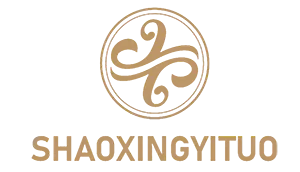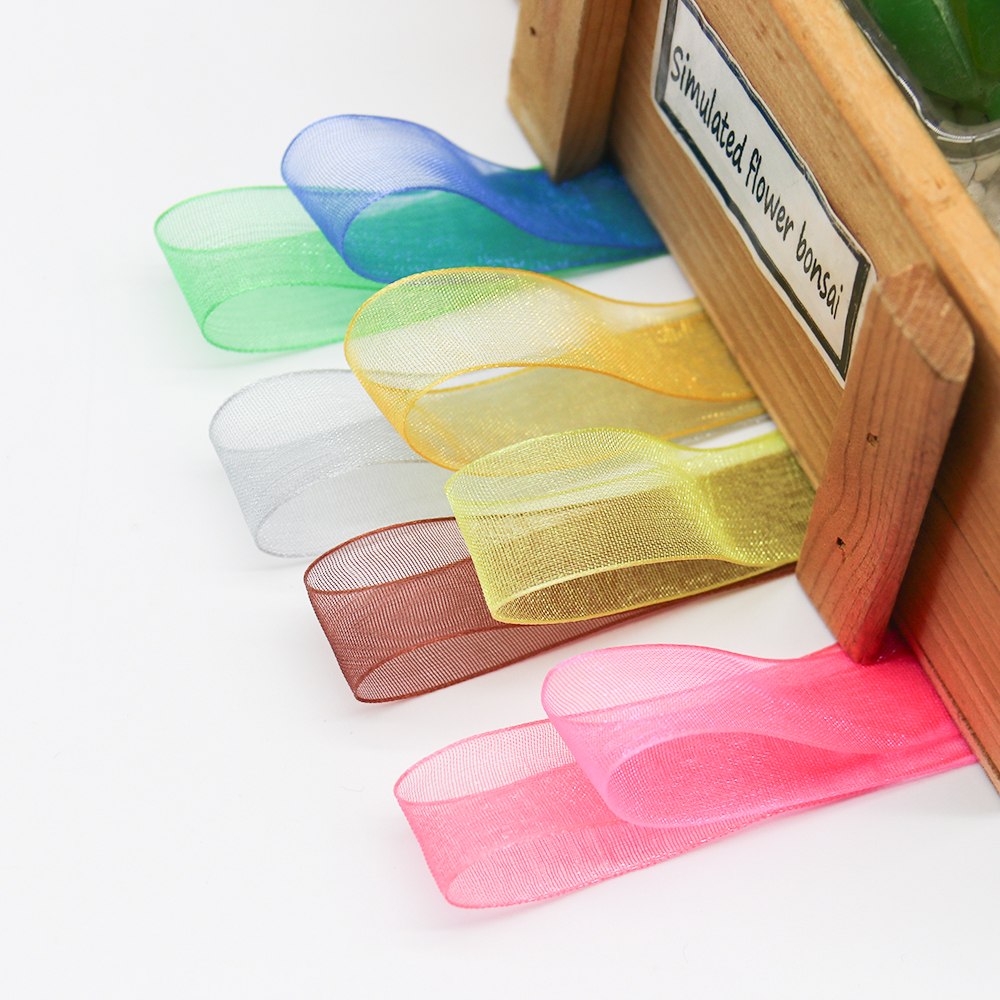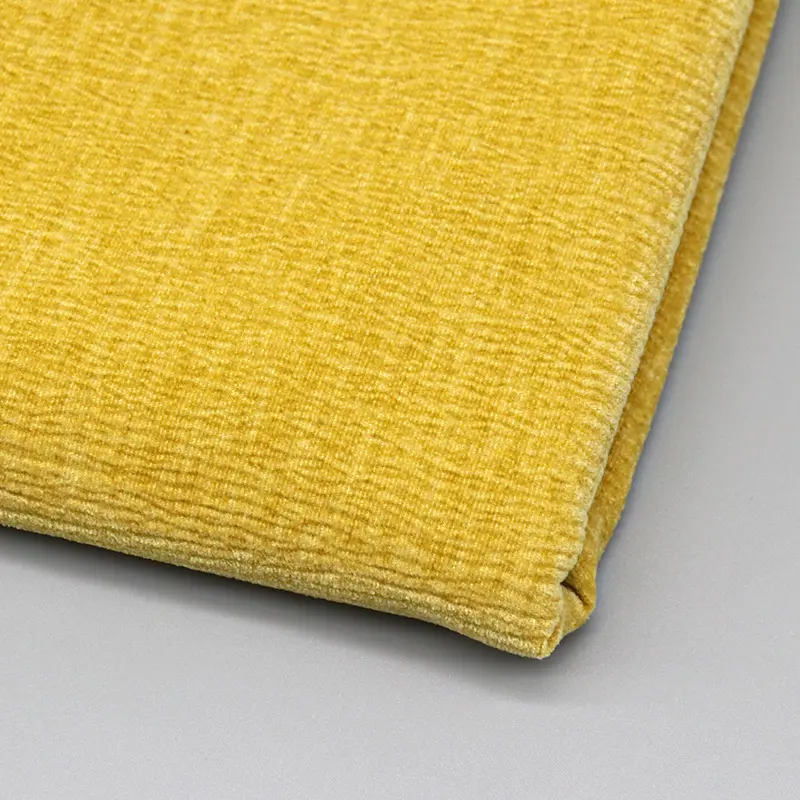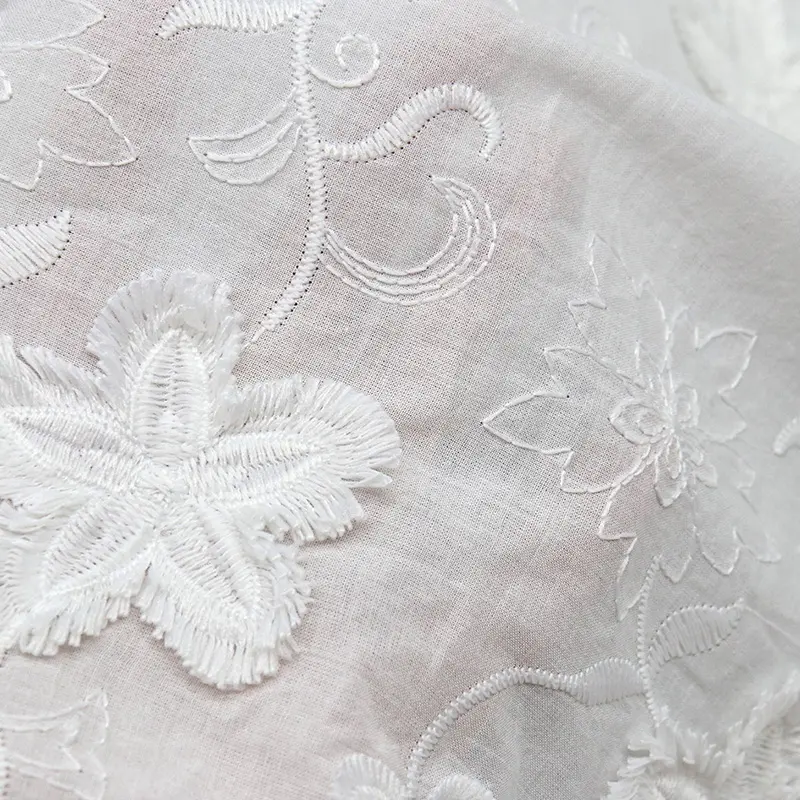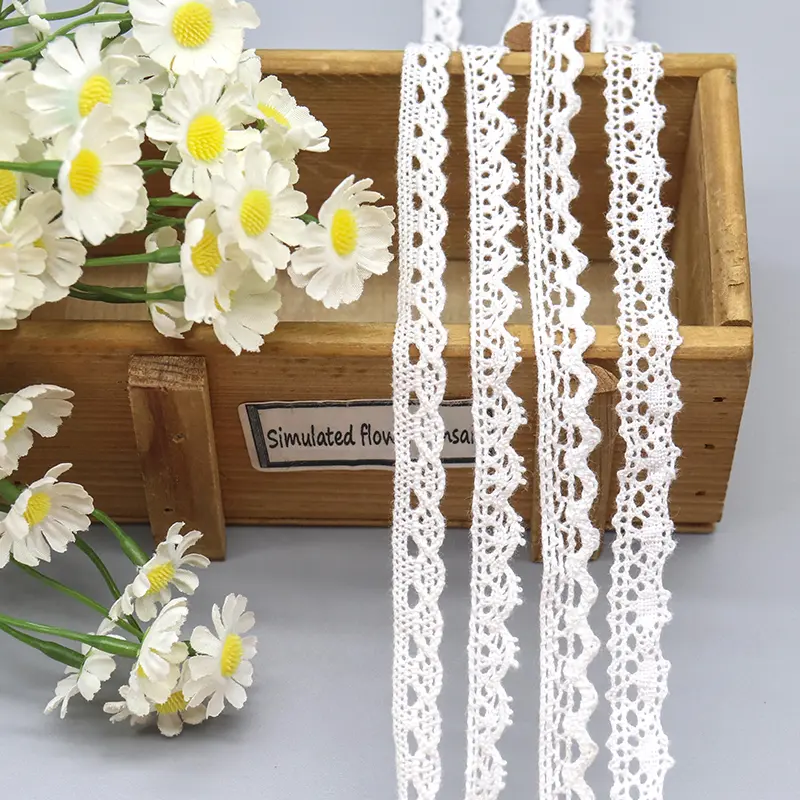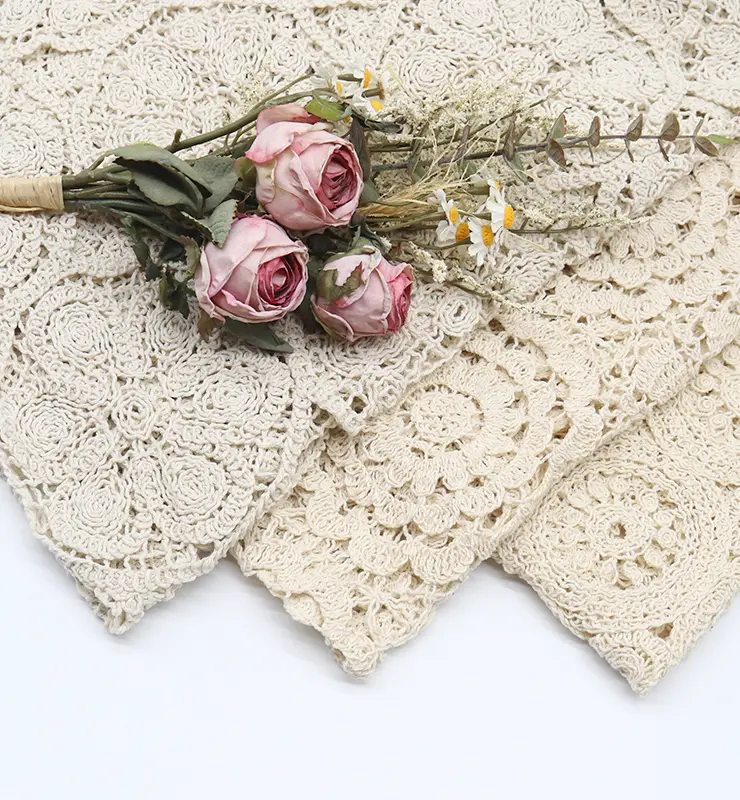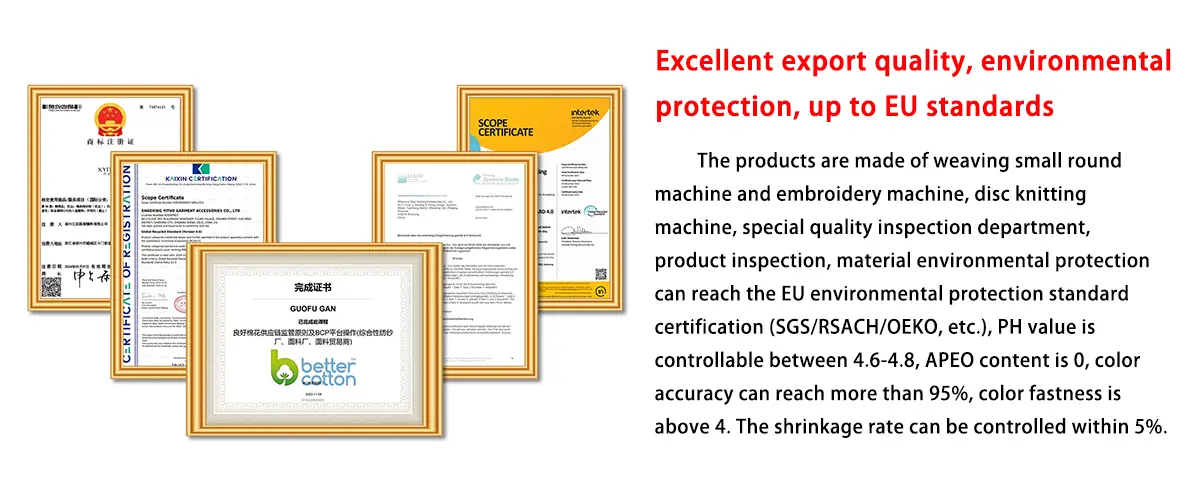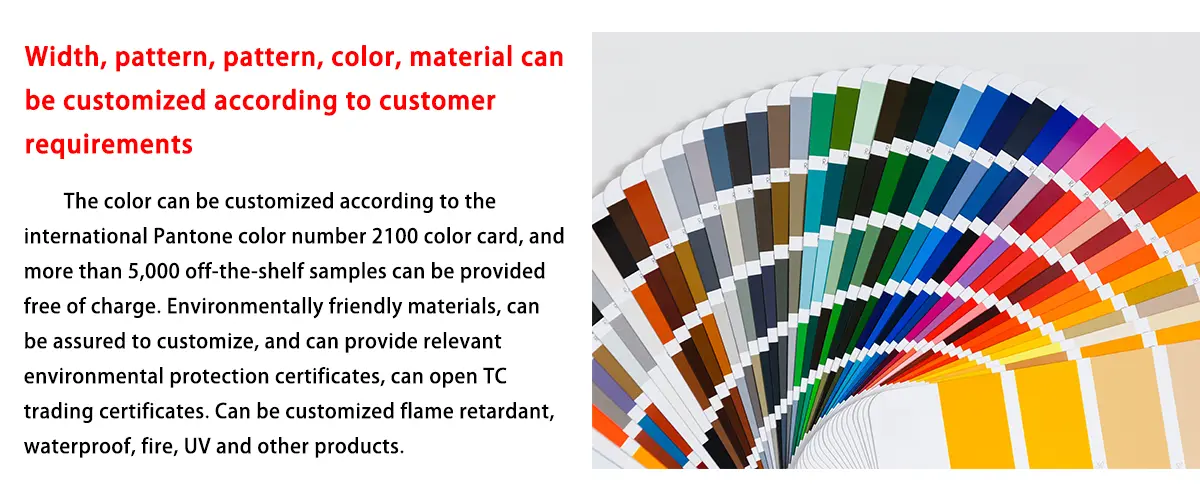Where to buy Embroidery Fabric and the best weight of cotton for embroidery

Embroidery begins with the right fabric and cotton weight. These choices shape the quality and ease of every project. Lightweight Fabrics demand fine needles and careful handling, while heavier fabrics support bold threads and dense patterns. Selecting the best weight of cotton for embroidery prevents issues like puckering or sagging, ensuring a polished finish. Many embroiderers face challenges like fabric stability, thread count, and stretchiness. Matching fabric weight to the technique avoids distortion and enhances results. By understanding these factors, you can elevate your embroidery projects to a professional level.
Key Takeaways
- Picking the right fabric is important for good embroidery. It makes your work easier and look better.
- Websites like Amazon and Etsy sell many embroidery fabrics. Local stores let you check the fabric in person.
- Medium-weight cotton works well for most embroidery projects. It is strong but still easy to use.
- Match your thread weight to your fabric weight. This stops wrinkles and keeps stitches smooth.
- Wash and iron your fabric before starting. This removes dirt and makes it flat for stitching.
- Use stabilizers to hold your fabric while embroidering. They stop the fabric from stretching or wrinkling.
- Keep your embroidery fabric safe to keep it nice. Use special storage and keep it out of sunlight.
- Trying new fabrics can make you more creative and better at embroidery.
Where to Buy Embroidery Fabric

Finding the right embroidery fabric is essential for creating beautiful and durable designs. I’ve explored both online and local options to help you decide where to shop.
Online Stores for Embroidery Fabric
Shopping online offers convenience and a wide selection. Here are some popular platforms I recommend:
- Amazon: A go-to for affordable bundles of cotton and linen.
- Etsy: Perfect for unique, handmade, or vintage fabrics.
- Joann’s and Hobby Lobby: These chain stores provide high-quality fabrics, including quilting cotton and Aida cloth.
- Earnest Quilt: Known for organic European flax linen with a soft texture.
- Stuart Moore’s Textiles: Offers hand-dyed linen and Aida fabric with vibrant colors.
- Matryoshka Doll Shop: Sells assorted bundles of cotton-linen blends, ideal for experimenting with different textures.
- Missouri Quilt Company: Features embroidery fabrics from top brands like DMC and Robert Kaufman.
Online stores also make it easy to compare prices and reviews. For example, Earnest Quilt has excellent customer service, while Stuart Moore’s Textiles stands out for its unique dyeing process. These details can help you choose the best option for your project.
Local Stores for Embroidery Fabric
Local stores provide a hands-on shopping experience. I love visiting fabric and craft stores in my area because I can inspect the fabric’s quality before buying. This is especially helpful when I need fabric quickly. Independent fabric shops and boutiques are also worth exploring. Here are a few examples:
| Shop Name | Description |
|---|---|
| Earnest Quilt | Based in Los Angeles, offers organic 100% European flax linen, pre-softened for amazing texture. |
| Stuart Moore’s Textiles | Offers hand-dyed linen and Aida fabric, known for phenomenal quality. |
| Matryoshka Doll Shop | Etsy shop providing assorted bundles of linen and cotton blend fabrics in various colors. |
These shops often carry unique fabrics you won’t find in chain stores. Supporting local businesses also helps sustain the community.
Tips for Buying Embroidery Fabric
When choosing embroidery fabric, I always consider a few key factors:
- The intricacy of the design.
- The intended use of the finished piece.
- Personal preferences for fabric feel and appearance.
- The fabric’s color, weight, and stretch.
The fabric serves as the foundation for embroidery. A high-quality fabric enhances the texture and vibrancy of your design. On the other hand, a poor choice can lead to puckering or distortion. I also recommend comparing prices and reviews online. For instance, Matryoshka Doll Shop’s bundles let you try different fabrics before committing to larger purchases. This approach ensures you get the best value for your money.
By exploring both online and local options, you can find the perfect fabric for your embroidery projects. Whether you’re looking for the best weight of cotton for embroidery or experimenting with linen, the right fabric makes all the difference.
Best Weight of Cotton for Embroidery
Understanding Fabric Weight
What fabric weight means and its importance in embroidery
Fabric weight refers to the thickness and density of the material. It plays a crucial role in embroidery because it determines how the fabric interacts with the needle and thread. Lightweight fabrics, such as organza, require finer needles and threads to avoid tearing. Heavier fabrics, like canvas, can handle thicker threads and more intricate designs. I always consider fabric weight when planning my projects. It ensures the material can support the design without puckering or sagging. Proper alignment between fabric weight and design specifications is essential for achieving professional results.
How weight affects needle penetration and stitching results
Fabric weight directly impacts how easily a needle penetrates the material. Lightweight fabrics allow smoother needle movement but demand extra care to prevent damage. Heavier fabrics provide stability for dense stitching but may require more effort to pierce. I’ve noticed that matching the needle size to the fabric weight improves stitching precision. This balance enhances the overall appearance of the embroidery and reduces strain during the process.
Recommended Cotton Weights
Medium-weight cotton for most embroidery projects
Medium-weight cotton is my go-to choice for most embroidery projects. It offers a perfect balance of durability and flexibility. This weight works well with a variety of threads and designs, making it versatile for beginners and experienced embroiderers alike. I find it especially useful for creating home décor items, such as pillowcases and table runners.
Quilting weight cotton and its benefits
Quilting weight cotton is another excellent option. It’s slightly lighter than medium-weight cotton but still provides enough stability for embroidery. I love using it for projects that require intricate patterns or delicate details. Its smooth texture ensures even stitching, which enhances the final design.
Here are some commonly recommended cotton weights for embroidery:
- 40-weight cotton: Ideal for general needlework.
- 60-weight cotton: Perfect for patterns with fine details.
- 100-weight cotton: Best for tiny text or delicate designs.
Matching Thread Weight to Fabric
Why balance between thread and fabric weight matters
Matching thread weight to fabric weight is crucial for achieving the best results. I’ve learned that this balance prevents issues like puckering and ensures the stitches lie flat. Lightweight fabrics require fine threads to maintain a delicate appearance. Heavier fabrics can support bold threads, which create more prominent designs. This harmony between thread and fabric weight enhances the overall stability of the embroidery.
Examples of ideal thread and fabric pairings
For general embroidery, I recommend using 40-weight threads. They provide a good balance between visibility and detail. For intricate designs, such as lace or tiny text, 60-weight threads work best. I also use 90-weight threads for delicate fabrics, as they offer subtlety without compromising support.
Here’s a quick reference table for thread and fabric pairings:
| Thread Weight | Application | Description |
|---|---|---|
| 40 wt. | General embroidery | Provides a balance between visibility and detail, suitable for most designs. |
| 60 wt. | Delicate embroidery | Ideal for intricate designs like lace, offering denser stitch patterns. |
By understanding the relationship between fabric and thread weight, you can elevate your embroidery projects. Experimenting with different combinations will help you discover what works best for your designs.
Types of Fabric for Embroidery
Cotton
Why cotton is a popular choice for embroidery
Cotton stands out as one of the most popular fabrics for embroidery. I often choose it because of its smooth surface, which makes detailed stitching easier. It’s widely available, so I can always find it for my projects. Cotton’s versatility also allows me to experiment with different embroidery techniques, from surface embroidery to quilting. Kona cotton, in particular, is a favorite of mine. Its medium weight and high thread count provide the perfect balance for embroidery, ensuring my designs look polished and professional.
Some reasons why I love using cotton for embroidery include:
- Its smooth texture enhances the precision of stitches.
- It’s accessible and affordable for most projects.
- It works well with various embroidery styles, making it highly versatile.
Best cotton fabrics for embroidery (e.g., quilting cotton, muslin)
When selecting cotton for embroidery, I consider the type of project and the fabric’s characteristics. Here are some of my top recommendations:
- 100% Cotton Fabric: Lightweight and tightly woven, ideal for clothing and surface embroidery.
- Kona Cotton: Medium-weight with a high thread count, perfect for quilting and embroidery.
- Cotton Calico: Affordable and great for testing stitches or layering.
- Cotton Canvas: Heavier and durable, suitable for tote bags or sturdy projects.
- Duck Canvas: Slightly lighter than cotton canvas, excellent for surface embroidery.
- Quilting Cotton: Lightweight and colorful, perfect for vibrant designs.
- Cotton Twill: Sturdy with a high thread count, great for pillow covers or wall hangings.
- Denim: Medium-high weight, ideal for thicker threads and durable items.
Each type of cotton fabric offers unique benefits, so I choose based on the project’s needs. For example, I use quilting cotton for colorful designs and cotton canvas for durable items like bags.
Linen
Benefits of using linen for embroidery
Linen is another excellent choice for embroidery. I appreciate its natural durability and texture, which add depth to my designs. It’s versatile enough for various embroidery styles, including cross-stitch and crewel work. Linen also holds up well over time, making it ideal for framed pieces or hoop displays. I often use it for projects that require a more refined or rustic look.
Types of linen suitable for embroidery
The type of linen I choose depends on the embroidery style. For counted cross-stitch, I prefer even weave linen because it ensures consistent stitches. For crewel work, linen twill works best due to its sturdiness. Goldwork embroidery requires a tightly woven linen to support the weight of metallic threads. For surface embroidery, I opt for a lighter weave that still provides enough firmness to hold the stitches. Linen’s adaptability makes it a staple in my embroidery toolkit.
Aida Cloth
What is Aida cloth?
Aida cloth is a stiff, evenly woven cotton fabric designed specifically for cross-stitch. Its grid-like structure, created by visible holes, simplifies the stitching process. I find it especially useful for counted cross-stitch projects because the holes guide the needle, ensuring even stitches. Aida cloth comes in various thread counts, which determine the size of the holes. For example, a 10-count Aida cloth has 10 squares per inch, making it suitable for thicker threads.
| Feature | Description |
|---|---|
| Type | Open, even-weave fabric |
| Use | Traditionally used for cross-stitch embroidery |
| Material | Cotton fabric with a natural mesh |
| Stiffness | Enough stiffness to eliminate the need for an embroidery hoop |
| Weave | Grid-like nature facilitates counted cross-stitch |
Why it’s ideal for cross-stitch and beginners
I often recommend Aida cloth to beginners because it simplifies the embroidery process. Its large, easy-to-see holes make stitching less intimidating. The regular grid format ensures accuracy, which is crucial for counted cross-stitch. Aida cloth also eliminates the need for an embroidery hoop in many cases, thanks to its stiffness. This makes it a convenient option for those just starting out. I’ve found that using Aida cloth allows beginners to focus on their technique without worrying about fabric stability.
Other Fabrics to Consider
Evenweave Fabrics
Evenweave fabrics are a fantastic choice for embroidery projects that require precision. I often use them for cross-stitch because their uniform weave ensures consistent stitches. The warp and weft threads in evenweave fabrics are evenly spaced, making them ideal for detailed designs. These fabrics also work well for surface embroidery and whitework techniques like pulled thread or drawn thread work.
Here are some examples of evenweave fabrics and their uses:
- Perfect for cross-stitch projects.
- Suitable for surface embroidery designs.
- Commonly used in whitework techniques, adding elegance to the final piece.
I’ve found that evenweave fabrics come in various thread counts, which determine the size of the stitches. For instance, 32-count linen is excellent for intricate designs, while 18-count linen works well for larger patterns.
| Fabric Type | Thread Count |
|---|---|
| Linen | 32-count |
| Linen | 18-count |
When I work with evenweave fabrics, I appreciate their versatility. They allow me to experiment with different embroidery styles while maintaining precision. Their smooth texture also makes stitching more enjoyable, especially for detailed projects.
Tip: If you’re new to evenweave fabrics, start with a lower thread count. It’s easier to see the weave and guide your stitches.
Silk and Specialty Fabrics
Silk and specialty fabrics bring a luxurious touch to embroidery. I love using silk for its smooth texture and vibrant sheen. It enhances the overall appearance of my designs, making them stand out. Specialty fabrics, like velvet or organza, add unique textures that elevate the final piece.
Some advantages of silk and specialty fabrics include:
- Their unique characteristics enhance the embroidery process.
- They contribute to a rich tradition of textile arts, especially silk, which is often sourced from China.
- Experimenting with these fabrics helps me discover the perfect match for each project.
Silk fabrics, in particular, are a joy to work with. They glide effortlessly under the needle, reducing strain during stitching. However, they require careful handling to avoid damage. Specialty fabrics like velvet or tulle offer exciting possibilities for creative designs. I often use them for decorative items or special occasions.
Note: When working with silk or specialty fabrics, use a sharp needle and test your stitches on a small piece first. This prevents mistakes on the main fabric.
Exploring evenweave, silk, and specialty fabrics has expanded my embroidery skills. Each fabric offers unique benefits, allowing me to create diverse and stunning designs.
Tips for Choosing and Preparing Embroidery Fabric
How to Choose the Right Fabric for Your Project
Consider the type of embroidery (e.g., cross-stitch, crewel)
Choosing the right fabric starts with understanding the type of embroidery you plan to do. For hand embroidery, I prefer fabrics like cotton or linen because they are easy to handle and don’t fray easily. Machine embroidery, on the other hand, works best with tightly woven fabrics such as cotton twill or denim. These materials provide the stability needed for intricate stitching.
Delicate techniques, like silk embroidery, require fabrics with a smooth surface, such as satin or silk. For dense filling stitches, I always opt for sturdy fabrics that can support the weight of the thread. Light fabrics, like organza, are unsuitable for heavily filled areas because they may tear or distort. Matching the fabric to the embroidery technique ensures durability and enhances the final design.
Match fabric to the design and thread
The fabric must complement the design and thread to achieve the best results. I always consider the intricacy of the design and the intended use of the finished piece. For example, lightweight fabrics may pucker under heavy embroidery, while heavy fabrics can be challenging to hoop. Stable fabrics with tight weaves hold their shape better during and after stitching.
Here’s what I look for when selecting fabric:
- Strength to hold the design without sagging.
- A tight weave for better thread support.
- Compatibility with the thread weight and color.
Natural fabrics, like cotton and linen, are my go-to choices because they offer the perfect balance of strength and flexibility. They also provide a smooth surface, which makes stitching easier and more precise.
Preparing Fabric for Embroidery
Pre-washing and ironing fabric
Before starting any project, I always pre-wash the fabric. This step removes any sizing or chemicals and prevents future shrinkage. After washing, I iron the fabric to create a smooth surface for stitching. Wrinkles can distort the design, so ironing ensures the fabric lies flat and ready for embroidery.
Tip: Use a steam iron for best results and avoid stretching the fabric while ironing.
Using stabilizers and hoops for support
Stabilizers play a crucial role in preventing puckering and distortion during embroidery. I choose the stabilizer based on the fabric type and design. For stretchy fabrics, I use cut-away stabilizers. Tear-away stabilizers work well for stable woven fabrics, while water-soluble stabilizers are perfect for delicate materials like silk.
Here’s how I prepare the fabric with a stabilizer:
- Place the stabilizer beneath the fabric, ensuring it’s larger than the hoop size.
- Leave at least a two-inch margin on all sides.
- Hoop the fabric and stabilizer together, achieving drum-tight tension without stretching the fabric.
Using an embroidery hoop also provides additional support. It keeps the fabric taut, making stitching easier and more precise. Proper preparation ensures the fabric stays stable throughout the project.
Storing and Caring for Embroidery Fabric
Proper storage to prevent damage
Storing embroidery fabric correctly helps maintain its quality over time. I always use acid-free materials to line shelves and wrap fabrics. This prevents discoloration and damage. For large pieces, I roll them instead of folding to avoid creases.
| Method | Description |
|---|---|
| Acid-free materials | Line shelves with acid-free paper and wrap items in acid-free tissue to prevent damage. |
| Rolling large items | Store large items rolled instead of folded to avoid creasing. |
| Avoiding UV exposure | Keep items out of direct sunlight to prevent fading and damage. |
| Ensuring airflow | Avoid airtight plastic boxes; use archival-quality waterproof boxes instead. |
Note: Proper handling techniques, like using muslin sleeves or acid-free tubes, also help preserve fabric quality.
Tips for maintaining fabric quality over time
To keep embroidery fabric in top condition, I follow a few simple practices. I avoid UV exposure by storing fabrics in a cool, dark place. Rotating displayed pieces prevents fading. Ensuring airflow around stored fabrics helps prevent mold and dirt buildup.
Here are some additional tips:
- Use archival-quality storage boxes for long-term preservation.
- Avoid airtight plastic containers, which can trap moisture.
- Line shelves with acid-free paper for added protection.
By following these steps, I ensure my embroidery fabrics remain in excellent condition, ready for future projects. Proper care not only extends the life of the fabric but also preserves the beauty of the finished embroidery.
Selecting the right fabric and cotton weight is essential for embroidery success. Natural fabrics like cotton, linen, and silk provide a strong base due to their tight weave and fiber structure. They allow easy needle penetration and support intricate designs. I always choose fabrics that balance strength and texture with the design's complexity. This ensures the material holds the embroidery without sagging or puckering.
Experimenting with different fabrics has transformed my projects. Each material interacts uniquely with threads, enhancing stitch quality and stability. Trying new combinations also sparks creativity, allowing me to explore fresh ideas and techniques.
Investing in high-quality materials elevates the final result. Durable fabrics and well-matched threads create polished designs that last. By prioritizing quality, I achieve professional-looking embroidery every time.
Tip: Start with versatile fabrics like medium-weight cotton or linen. They work well for most techniques and help build confidence as you experiment.
FAQ
What is the best fabric for beginners in embroidery?
I recommend starting with cotton or Aida cloth. Both fabrics are easy to handle and provide a smooth surface for stitching. Aida cloth, in particular, has a grid-like structure that simplifies the process for beginners.
How do I choose the right thread for my fabric?
Match the thread weight to the fabric weight. Lightweight fabrics need fine threads, while heavier fabrics can support thicker threads. For most projects, I use 40-weight cotton thread as it balances detail and visibility.
Should I pre-wash embroidery fabric?
Yes, always pre-wash your fabric. This step removes chemicals and prevents shrinkage after stitching. I also iron the fabric after washing to create a smooth surface for embroidery.
Can I use stretchy fabrics for embroidery?
Stretchy fabrics can be tricky. I recommend using a stabilizer to prevent distortion. For beginners, it’s better to stick with stable fabrics like cotton or linen.
What is the difference between quilting cotton and medium-weight cotton?
Quilting cotton is slightly lighter and often comes in vibrant patterns. Medium-weight cotton is thicker and more durable, making it ideal for embroidery projects that require stability.
How do I store embroidery fabric?
I store fabric in a cool, dark place to avoid UV damage. Acid-free paper or archival-quality boxes help prevent discoloration. Rolling large pieces instead of folding keeps them crease-free.
What is the purpose of using an embroidery hoop?
An embroidery hoop keeps the fabric taut, making stitching easier and more precise. It also prevents puckering and distortion, ensuring a polished final design.
Can I use silk for embroidery?
Yes, silk adds a luxurious touch to embroidery. It’s smooth and vibrant but requires careful handling. I recommend testing stitches on a small piece before starting your main project.
